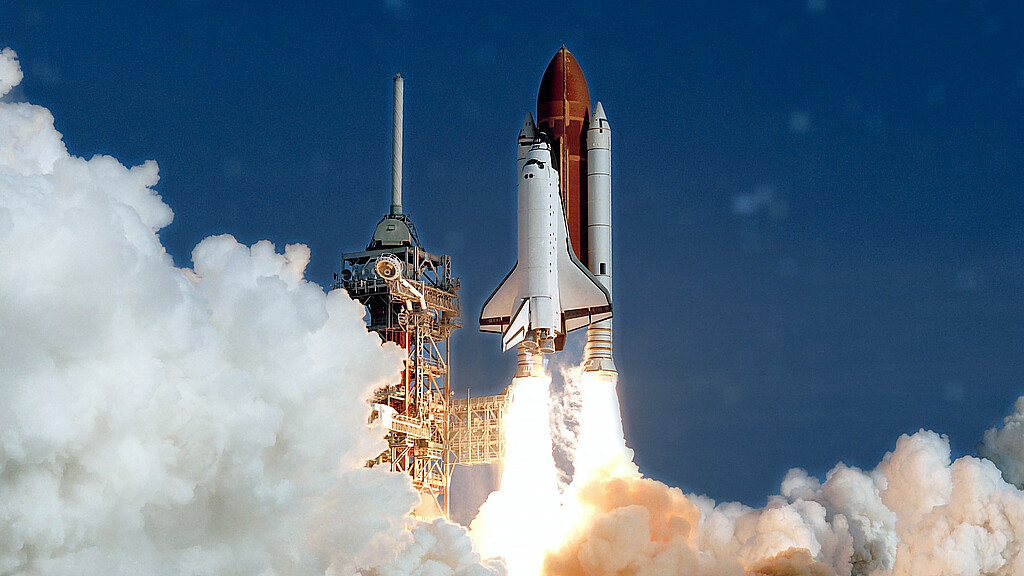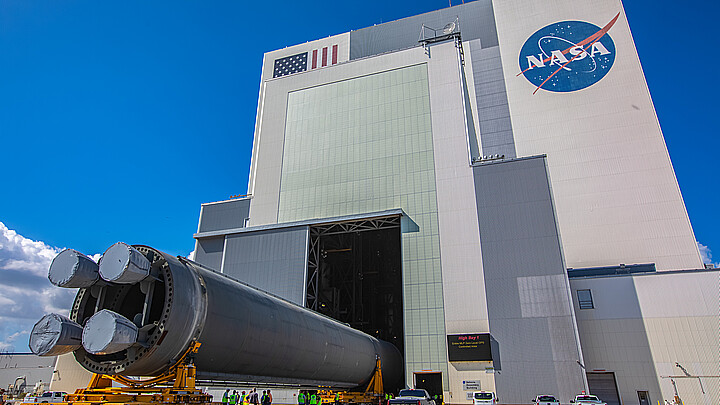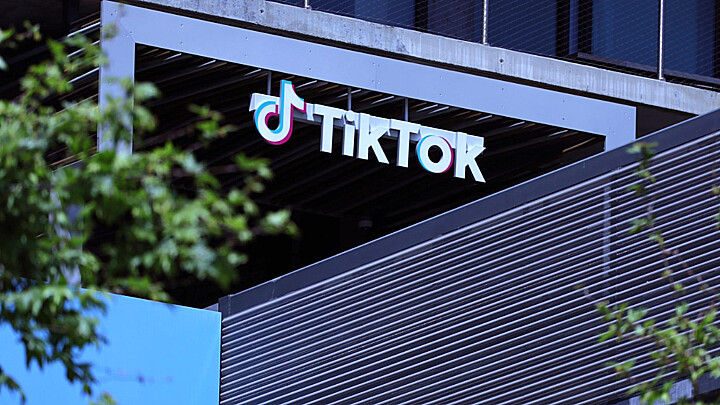Technology
NASA's "historic" moon mission ends with capsule splashing into the Pacific
The capsule ended the 239,000 miles (385,000 kilometers) journey between the moon and the Earth in the Pacific Ocean near Mexico’s Baja California

December 12, 2022 6:48pm
Updated: February 19, 2023 2:21pm
NASA’s historic moon mission came to an end after 25 and a half days with the Orion capsule successfully splashing down into Ocean on Sunday.
The capsule ended the 239,000 miles (385,000 kilometers) journey between the moon and the Earth at around 12:40 ET on Sunday in the Pacific Ocean near Mexico’s Baja California.
The safe return of the capsule to Earth is one of the most important and dangerous parts of the mission. However, NASA commentator Rob Navias called the process “textbook.”
“I’m overwhelmed,” NASA Administrator Bill Nelson said Sunday. “This is an extraordinary day.”
“The splashdown of the Orion spacecraft – which occurred 50 years to the day of the Apollo 17 Moon landing – is the crowning achievement of Artemis I. From the launch of the world’s most powerful rocket to the exceptional journey around the Moon and back to Earth, this flight test is a major step forward in the Artemis Generation of lunar exploration,” he added.
After landing, the agency waited six additional hours to remove the capsule from the Pacific Ocean, while they were collecting data and running tests. Several recovery vehicles were on the scene to remove the capsule.
.@NASA_Orion is aboard the USS Portland and is making its way to Naval Base San Diego. It is expected to arrive onshore on December 13th with offload on December 15th before returning to @NASAKennedy. pic.twitter.com/FILrhWVNHK
— NASA's Exploration Ground Systems (@NASAGroundSys) December 12, 2022
Orion’s mission to the moon marks a historical point in space research history: its successful landing means that the spacecraft is ready to fly astronauts to space.
NASA plans to make similar missions with humans on the spacecraft to the moon and to mars in the near future.
The mission took the spacecraft roughly 1.3 million miles (2 million kilometers) into space, farther than any spacecraft designed for humans has ever traveled. Additionally, once in space, around 10 small satellites were deployed from the bottom of the spacecraft.
As part of its trip, Orion also managed to capture some of the first ever seen images of the dark side of the moon and close-up pictures of the moon’s surface after flying 130 kilometers above its surface.
Nelson said that overall, he would give the Artemis I mission the letter grade A.
“Not an A-plus, simply because we expect things to go wrong. And the good news is that when they do go wrong, NASA knows how to fix them,” Nelson said. But “if I’m a schoolteacher, I would give it an A-plus.”
Anyone order more Moon photos from @NASA_Orion?
— Lockheed Martin Space (@LMSpace) November 24, 2022
The details in these images from Orion’s Optical Navigation camera are truly extraordinary! 🌖 pic.twitter.com/lC6weDdNrn










